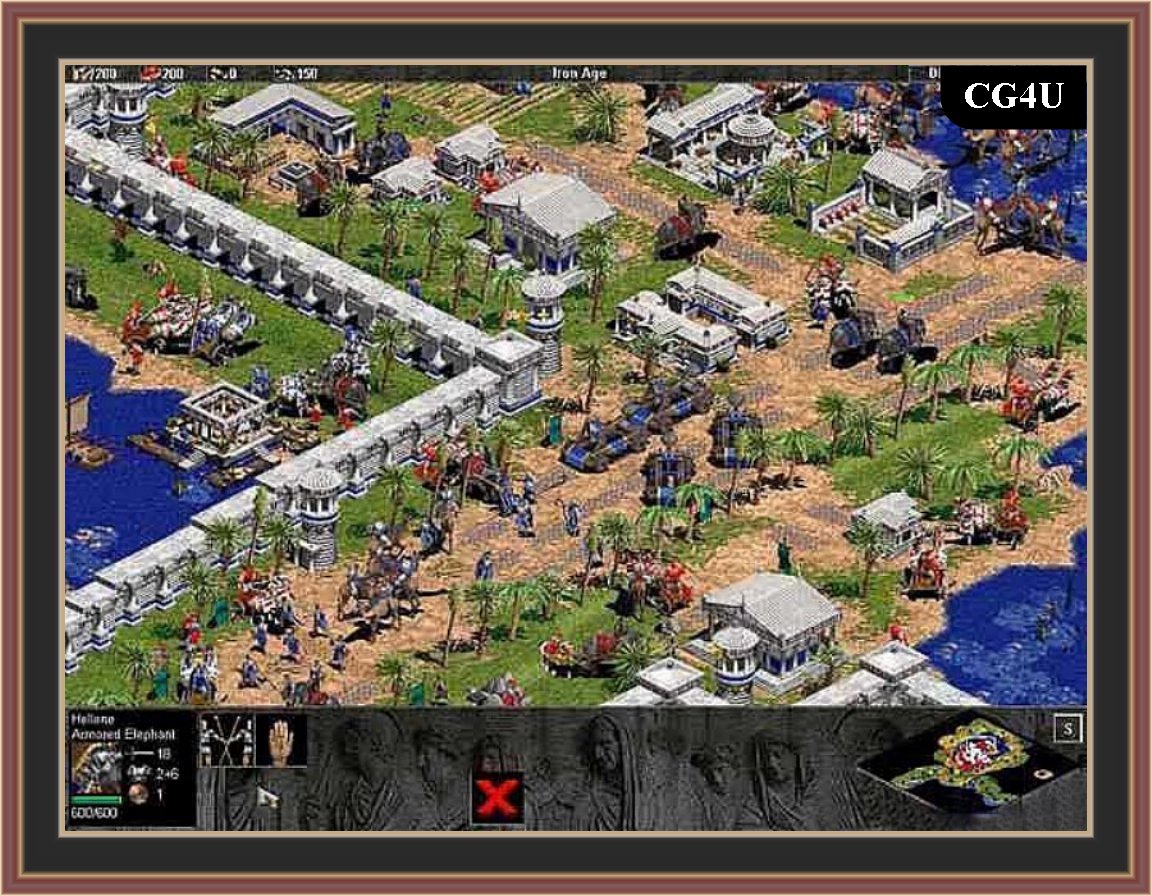

The flower market at the Campo de'Fiori, for example, depends on the square's two Nasoni to keep the plants fresh. What's not used for drinking is taken for watering gardens, plants and for use in shops and factories. So there's plenty left over for visitors!Īnd the rest does not go to waste. And there's enough for every single family living in the city to have 550 litres to drink - Every. It's piped into the drinking fountains of the city by an aqueduct originally created by the Romans, centuries ago.

It's licensed by the City of Rome, and it's tested for purity around 250,000 time each year. The water for these drinking fountains comes directly from the mountains above the city. Just what you need to keep hydrated on a hot summer's day. It's not only safe, it's ice-cold, and it's fresh. That's all very well but - is the water safe for drinking? In the singular, the word is "Nasone" (pronounced "na-soh-nay") and it means "big nose". They're used every day by locals who would no more think of paying street vendors for an overpriced bottle of water than fly. There are 2,500 of them scattered around the metropolitan area, and you can find some of the oldest in the Trastevere district. Made of cast iron, the "nasoni" drinking fountains stand about three feet tall and weigh in at an impressive 200 lbs. In Italian they're called "Nasoni", and you'll see them all over the city. In fact, for free.īy using a feature the ancient Romans were kind enough to leave as a legacy - the large number of free, and very safe, drinking fountains. You'll find street sellers trying to push bottles of water at you - for several Euros more than they would cost you in the shops.īut there's a simple and safe way of drinking all the water you need without breaking the bank.

One of the major issues for families is keeping hydrated.


 0 kommentar(er)
0 kommentar(er)
